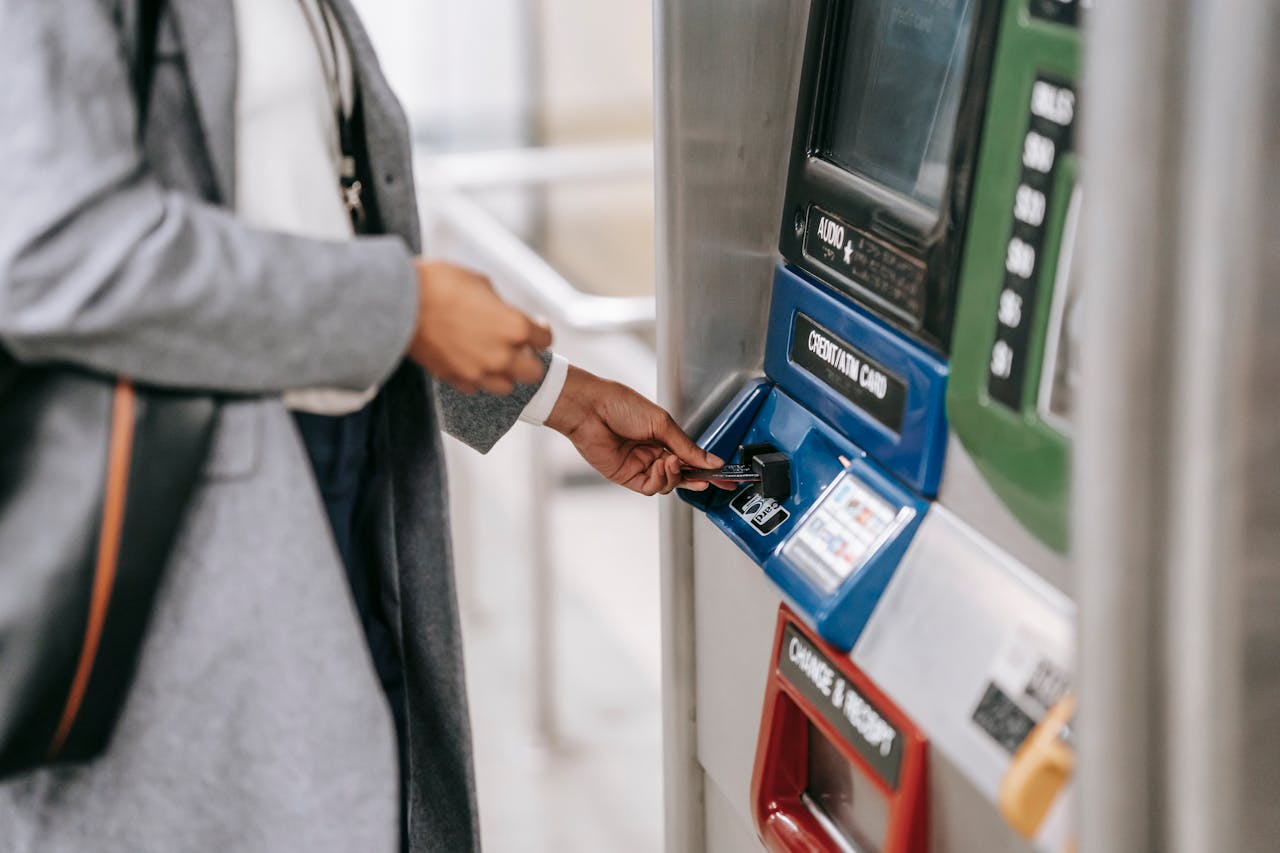

The global COVID-19 pandemic has created lasting effects on doing business in the Philippines—and with the new Omicron surge that started in January 2022 slowly dying down in the National Capital Region and other provinces, many budding entrepreneurs are looking at how they can capitalize on business trends to build back better.

Part of doing business in the Philippines is understanding the country’s Alert Level system, which helps minimize the risk of the virus spreading and determines which industries are allowed to have employees work on-site.
To address constantly changing Alert Level numbers, hybrid working has become more popular for companies across the Philippines, especially for those with corporate and on-site workers.
Many of the country’s largest conglomerates operate on a “Team A, Team B” shifting system that allows employees to split working time between the office and their homes, while smaller businesses have started investing in e-commerce and delivery services to accommodate sudden changes in community quarantine alerts while only maintaining necessary on-site staff. This shift to online is especially notable in the social media-obsessed landscape of the Philippines, which boasts 76.2 million active users.
A report from Google places ASEAN-6 countries—of which the Philippines is part of—at having a high rate of internet economy growth at 37% CAGR over the past five years, with the bulk of growth occurring at the onset of the COVID-19 pandemic in 2020.
With the Omicron surge still alive in certain areas of the country, expect more businesses to place higher importance on investing in online solutions.
According to the country’s Department of Trade and Industry (DTI), 99% of the 957,620 registered businesses in the Philippines are classified as SMEs. E-commerce sites, mobile app services, and other online marketplaces have made it easier for budding entrepreneurs to put up their own enterprises in 2022.
Those who want to start their own business can focus on the following trending industries that will inevitably become industry pillars in the future, due to rapid online migration and changing consumer behaviors:

Leading the Charge: Major Players in SEA’s Digital Lending Market
The fintech lending market in SEA is poised for substantial growth, including digital lending which is set to surpass digital payments as the primary revenue driver for the region's digital financial services sector by 2025, with a compound annual growth rate (CAGR) of 33%. This growth is fueled by the widespread adoption of automated loan origination processes and the seamless integration of financial services into digital platforms.

Unlocking Opportunities in the SEA Digital Financial Services Landscape
In recent years, Southeast Asia (SEA) has emerged as a hotbed for fintech innovation, transforming the financial landscape across its diverse markets. This transformation is characterized by a surge in digital financial services (DFS), revolutionizing how individuals and businesses manage their finances. However, the journey is not without its challenges, and understanding these is crucial for stakeholders aiming to navigate this rapidly evolving sector.

How SEA Startups are Navigating Funding Challenges
The startup ecosystem in Southeast Asia (SEA) has long been a vibrant hub for innovation and growth. However, recent global economic shifts and the aftermath of the COVID-19 pandemic have ushered in a new era of funding challenges.

Challenges for Sustainable Recovery in Southeast Asia
Sustainable recovery in Southeast Asia faces numerous challenges, yet also presents significant opportunities for green growth. Addressing sustainable issues is crucial for achieving a resilient and sustainable future.